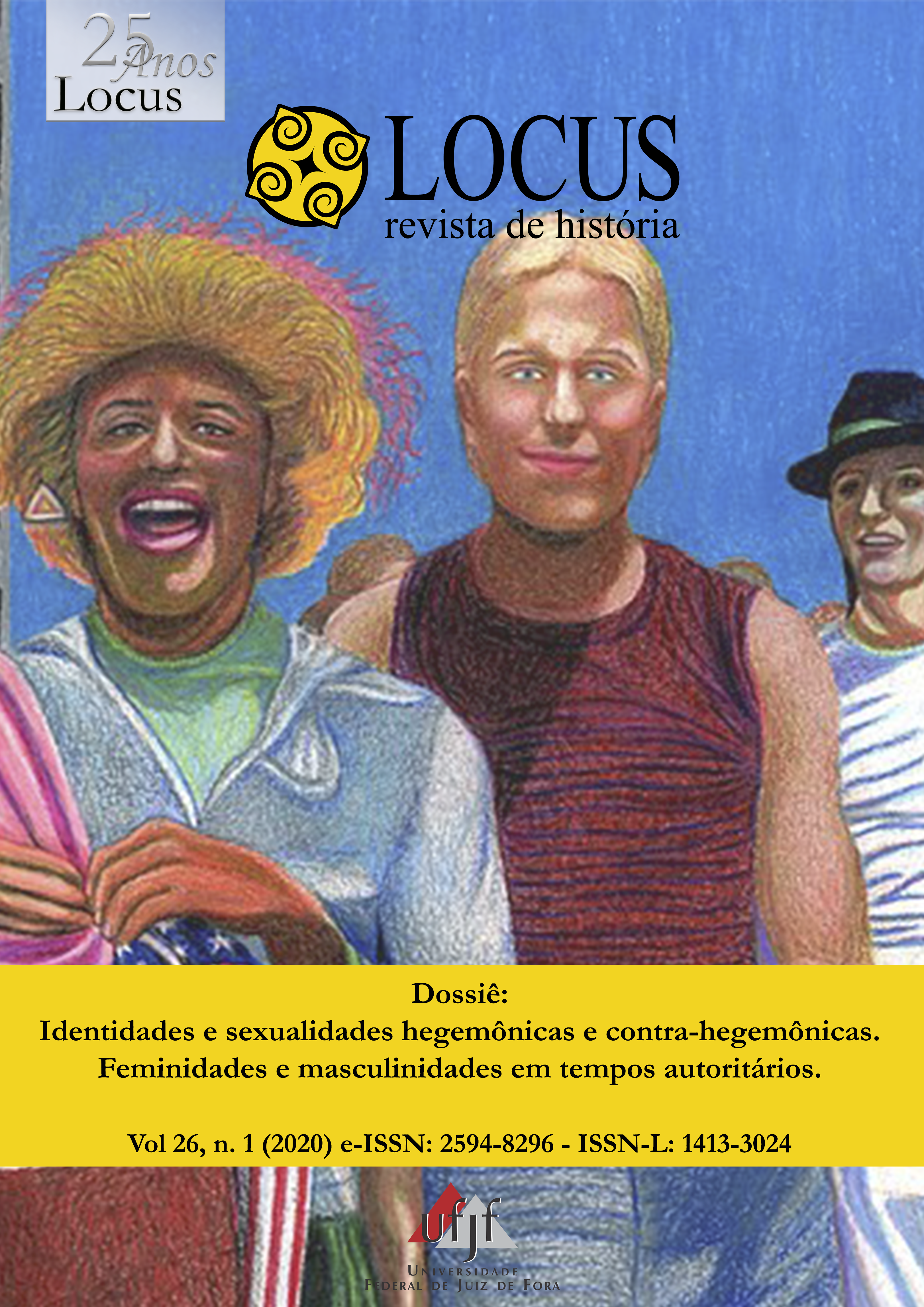Between tanks and head scarves: domesticity and women's work in the posters of the US during the Second World War (1941-1943)
Published 2020-04-17 — Updated on 2021-04-28
Versions
- 2021-04-28 (2)
- 2020-04-17 (1)
Keywords
- Domesticity,
- War,
- Gender,
- Women,
- Propaganda
How to Cite
Copyright (c) 2020 Sol Glik

This work is licensed under a Creative Commons Attribution 4.0 International License.
Abstract
During the Second World War, The American Way of Life crossed the American continent as a weapon, through an unprecedented advertising offensive. A powerful arsenal of images, prepared by different agencies of the US Department of State, was aimed at recruiting women to participate in the war effort, whether in their homes, in the front or in the manufacture of weapons. Through attractive civic values, war propaganda included in its repertoire different discourse resources, that would integrate the broad imaginary of a new form of domesticity. This research investigates, in an historical perspective, the use of gender as a resource for propaganda purposes, through the articulation between political elements and everyday life. This resource, usually take for granted when we refer to authoritarian governments, also shows its usefulness for democratic States, even in order to preserve a lifestyle attributed to the “free world”. Crossing primary sources, such as the famous American magazine The Reader's Digest - in its American and Latin American versions - and various propaganda posters launched by the United States Government during the Second War, these papers examine the way of the Government's self-representations built a complex ideological framework in which state affairs were interwoven with gender issues.
Downloads
References
- Bird, William L., JR. y Rubinstein, Harry: Design for Victory: World War II Posters on the American Home Front. New York: Princeton Architectural Press, 1998.
- Brock, Julia, Dickey, Jennifer W., Harker, Richard J.W., and Catherine M. Lewis (editors). Beyond Rosie: A Documentary History of Women and World War II. Fayetteville: University of Arkansas Press, 2015
- Cecchetto, F. R. Violencia e estilos de masculinidade. Rio de Janeiro: FGV, 2004.
- Colman, Penny. Rosie the Riveter: Women Working on the Home Front in World War II. New York: Yearling, 1998.
- Colomina, Beatriz. La domesticidad en guerra. Barcelona: Actar, 2006.
- Friedan, Betty. A Mística feminina. Petrópolis: Vozes, 1971.
- Glik, Sol. “El hogar de la victoria: La promesa del American Way of Life para América Latina (Estados Unidos - Brasil - Argentina, 1940-1945)”. Tesis Doctoral. Universidad Autónoma de Madrid, 2015.
- Honey, Maureen. Creating Rosie the Riveter: Class, Gender and Propaganda during World War II. University of Massachusetts Press, 1984.
- Pérez, I. “De “sirvientas” y eléctricos servidores. Imágenes del servicio doméstico en las estrategias de promoción del consumo de artículos para el hogar (Argentina, 1940-1960)”. Revista de Estudios Sociales, n. 45.
- Scott, Joan W. El género: “Una categoría útil para el análisis histórico”. En: El género: la construcción cultural de la diferencia sexual, org. Marta Lamas, 265-302. México: PUEG, 1996.
- Silva, J. L. M. “Transformações no espaço doméstico: o fogão a gás e a cozina paulistana, 1870-1930”. An. mus. paul., n. 2 (2007). https://doi.org/10.1590/S0101-47142007000200018
- Tuttle JR, WM. World War II and the American Home Front: Part Two. Washington D.C.: National Park Service, 2004.
- Tyler May, E. Homeward Bound: American Families in the Cold War Era. New York: Basic Books, 1988.
- Widholzer, N. “A publicidade como pedagogia cultural e tecnologia de gênero” En: Gênero em discursos da mídia, org. S. B. Funks e N. Widhozer, 17-52. Florianópolis; Sta. Cruz do Sul: Edunisc, 2005.

